Life
Sign up for our newsletter
We summarize the week's scientific breakthroughs every Thursday.
-
 Animals
AnimalsBlowflies use drool to keep their cool
Personal air conditioning the blowfly way: Dangle a droplet of saliva and then reswallow.
By Susan Milius -
 Life
LifeA key virus fighter is implicated in pregnancy woes
In mice, activating a key component of the body’s antiviral machinery in response to a Zika infection can cause harm to developing fetuses.
-
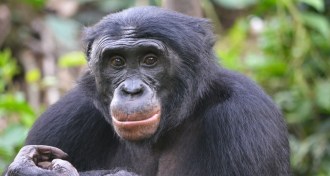 Anthropology
Anthropology‘Laid-back’ bonobos take a shine to belligerents
Unlike people, these apes gravitate toward those who are unhelpful.
By Bruce Bower -
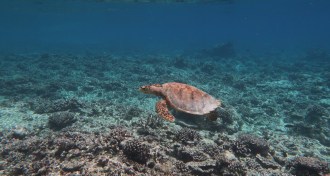 Oceans
OceansCorals are severely bleaching five times as often as in 1980
Corals are now bleaching more frequently and severely than they were in the early 1980s.
-
 Microbes
MicrobesThese disease-fighting bacteria produce echoes detectable by ultrasound
Ultrasound can help keep tabs on genetically modified bacteria to better fight disease inside the body.
-
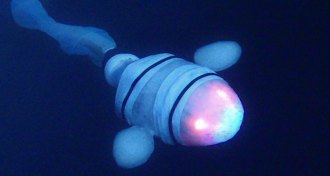 Animals
AnimalsRobot fish shows how the deepest vertebrate in the sea takes the pressure
Tests with a robot snailfish reveal why the deep-sea fish has mysterious goo in its body.
By Susan Milius -
 Neuroscience
NeuroscienceJazz improvisers score high on creativity
Jazz musicians’ creativity linked to brain dexterity.
By Kimber Price -
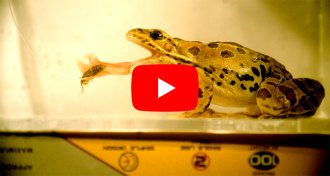 Science & Society
Science & SocietyWatch our most-viewed videos of 2017
Cassini’s demise, cuttlefish and the Curiosity rover topped our list of most popular videos of 2017.
-
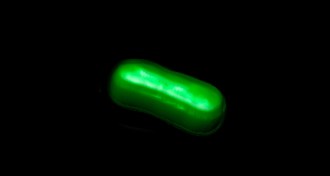 Genetics
Genetics50 years ago, synthetic DNA made its debut
Synthetic DNA has come a long way since it arrived on the scene half a century ago.
-
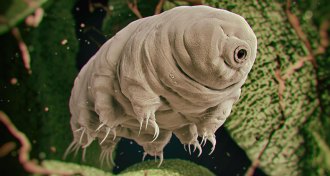 Animals
Animals2017 delivered amazing biology finds from organisms large and small
From giant African elephants to tiny tardigrades, scientists discovered some surprising biology this year.
-
 Health & Medicine
Health & MedicineThe man flu struggle might be real, says one researcher
A researcher reviews the evidence for gender bias among flu viruses in the BMJ’s lighthearted holiday edition.
-
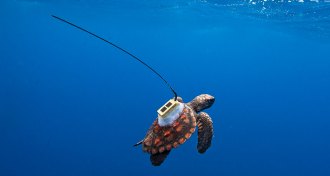 Animals
AnimalsTiny trackers reveal the secret lives of young sea turtles
Young loggerhead turtles can end up in very different places in the Atlantic depending on when they hatch.